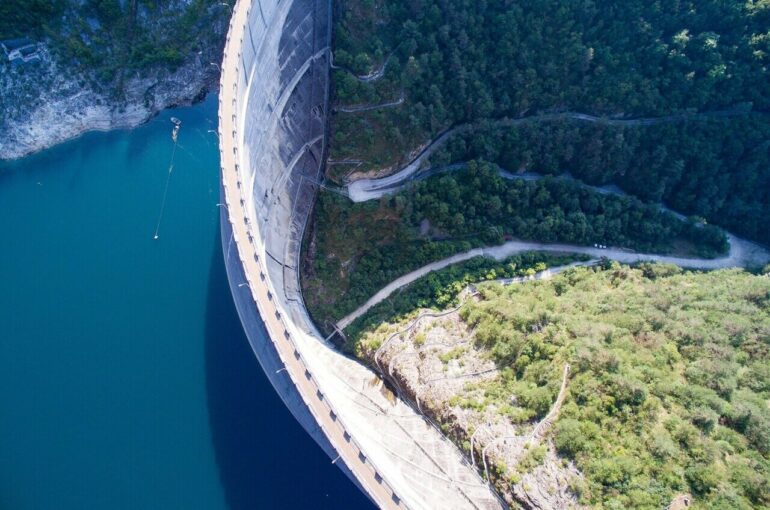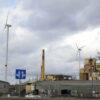Large-scale infrastructure projects can profoundly affect local economies, but assessing these effects is challenging. In a new study, a researcher evaluated all large-scale hydroelectric dams built in the United States in the 20th century. He found that dams constructed in the first half of the century spurred short- and long-term growth, while dams constructed in the second half affected growth only modestly.
The study, by a researcher at Carnegie Mellon University (CMU), appears in The Economic Journal.
“I wanted to provide the best evidence on the short- and long-run impacts of these dams on local economies, comparing the economic effects generated by dams constructed early in the 20th century with those constructed later in the century,” explains Edson Severnini, associate professor of economics and public policy at CMU’s Heinz College, the study’s author. “The goal was to explain the evolution of hydroelectric power fueling local economic activity.”
Severnini combined two designs: one based on 110 U.S. counties from 1870 to 2010, including all areas with a hydropower potential of 100 megawatts or more, and one that constructed counterfactuals of counties with hydropower potential but no dams. The study controlled for a number of economic, political, social, technical, and environmental factors, and Severnini examined two periods separately: pre-1950 and post-1950.
Severnini reached two conclusions: The first relates to the 1900-1950 period, before the construction of an interconnected power grid using efficient high-tension transmission lines, and before the development of efficient large-scale power generation from fossil fuels. Dams constructed before 1950 spurred short-run local growth, in large part thanks to what Severnini terms a cheap local power advantage. They also spurred local economic development in the subsequent two to three decades, increasing local population density more than 50% over 50 years, on average.
His second conclusion relates to the second half of the 20th century, when a rapid evolution of the electricity-providing infrastructure was under way, which led to a sharp decline in the cheap local power advantage. Dams constructed after 1950 had only modest effects on growth, even in the long run, Severnini found.
“The first result indicates clustered impacts on local economic activity, while the second suggests that the cheap local power advantage created by hydropower declined after 1950, probably because of such technological innovations as high-tension transmission lines,” says Severnini.
The study’s findings can inform the value of future investments in hydroelectric dams, many of which will be built in developing countries. They also shed light on potential impacts of new utility-scale wind and solar plants during the energy transition. Initially they might benefit the county or state where the investments are made, but with the build-up of new transmission lines those benefits may dissipate, attenuating the local effects.
More information:
Edson Severnini, The Power of Hydroelectric Dams: Historical Evidence from the United States over the Twentieth Century, The Economic Journal (2022). DOI: 10.1093/ej/ueac059
Provided by
Carnegie Mellon University
Citation:
Study of US hydroelectric dams shows benefits to local economies decline with improvements in transmission capabilities (2023, February 16)



